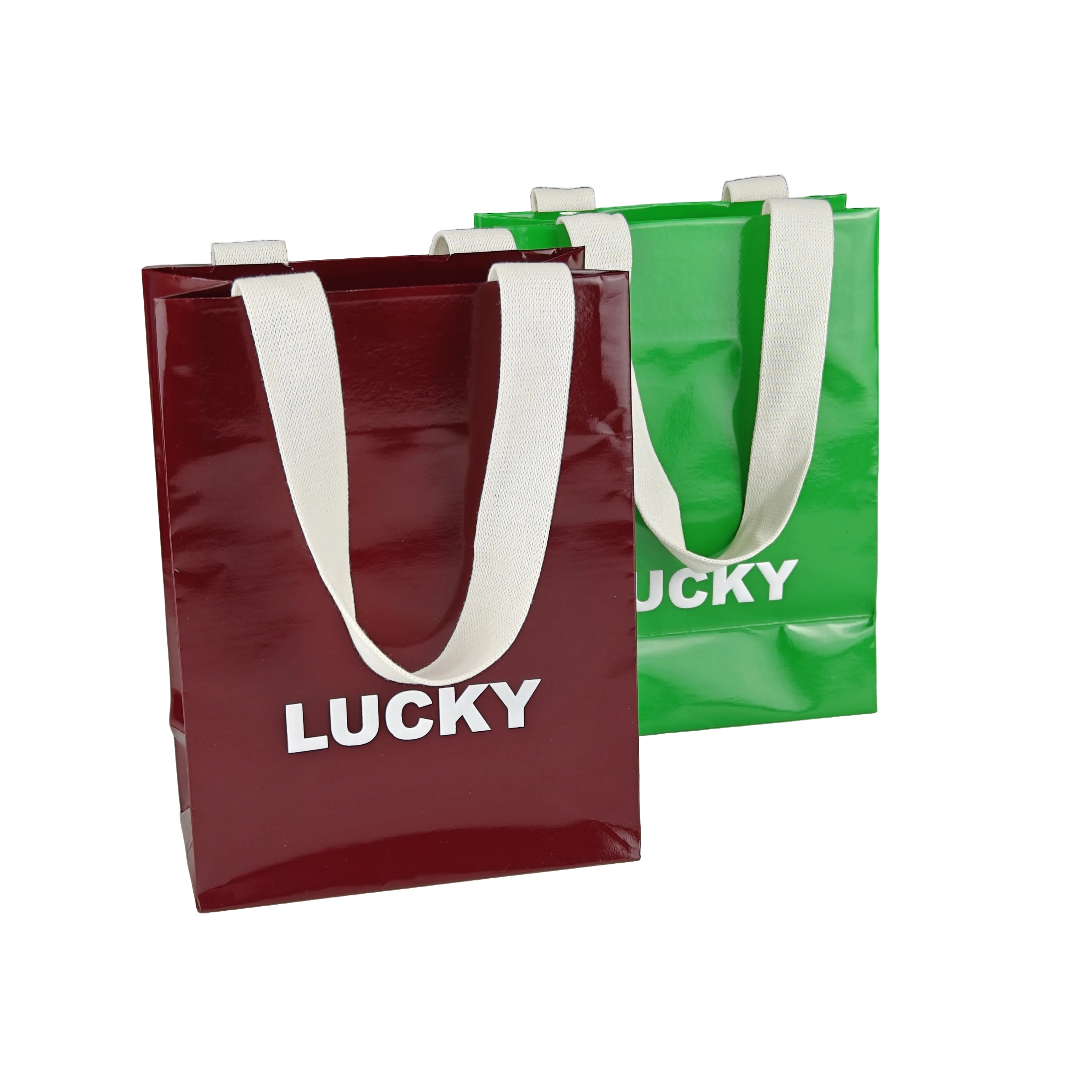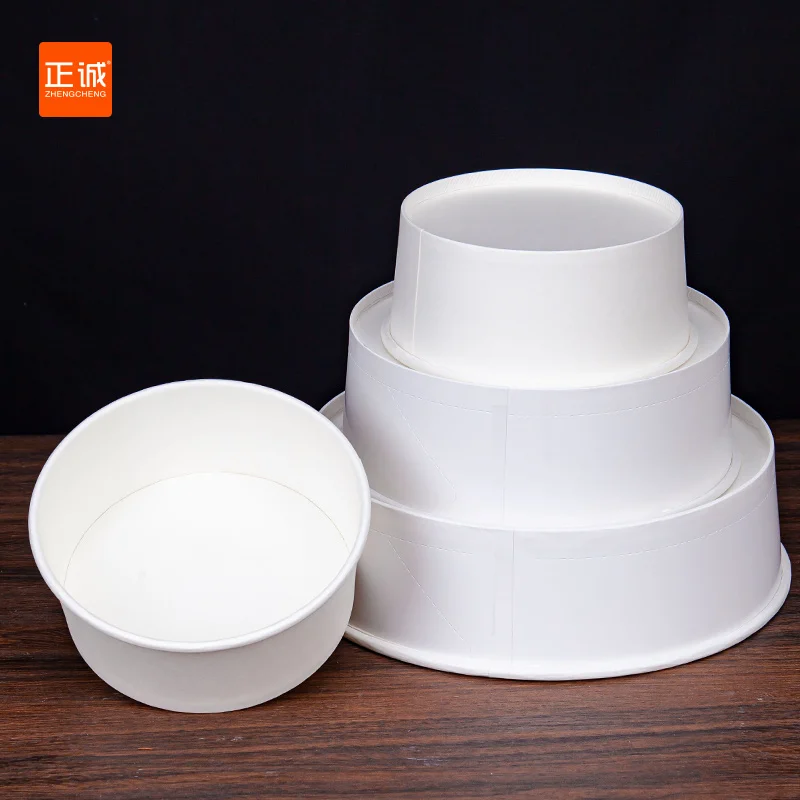Choosing Wisely: The Ultimate Guide to the Healthiest Materials for Food Containers
In an era where health consciousness is on the rise, the materials we choose for food storage play a crucial role in maintaining the quality and safety of our meals. With a plethora of options available, it’s essential to understand which materials are not only functional but also promote health and well-being. This article delves into the healthiest materials for food containers, examining their benefits, potential risks, and best practices for safe food storage.
Understanding Food Container Materials
Food containers come in various materials, each with its own set of advantages and disadvantages. The most common materials include glass, stainless steel, plastic, and silicone. To determine the healthiest option, we must consider factors such as chemical leaching, durability, and environmental impact.
- Glass Containers
Benefits:
- Non-Toxic: Glass is inert and does not leach harmful chemicals into food, making it one of the safest options for food storage.
- Durability: High-quality glass containers can withstand temperature changes, making them suitable for both the freezer and microwave.
- Recyclability: Glass is 100% recyclable without loss of quality, contributing to a more sustainable environment.
Considerations:
- Weight and Fragility: Glass containers can be heavier and more prone to breakage compared to other materials, which may limit their practicality for some users.
- Stainless Steel Containers
Benefits:
- Durability: Stainless steel is incredibly durable and resistant to rust and corrosion, making it ideal for long-term use.
- Non-Reactive: Like glass, stainless steel does not leach chemicals, ensuring that food remains uncontaminated.
- Temperature Retention: Stainless steel containers can keep food hot or cold for extended periods, making them excellent for meal prep and on-the-go lunches.
Considerations:
- Cost: High-quality stainless steel containers can be more expensive than plastic alternatives.
- Limited Microwave Use: Most stainless steel containers are not microwave-safe, which may limit their versatility.
- Plastic Containers
Benefits:
- Lightweight and Versatile: Plastic containers are lightweight and come in various shapes and sizes, making them convenient for storage and transport.
- Cost-Effective: Generally, plastic containers are more affordable than glass or stainless steel options.
Considerations:
- Chemical Leaching: Many plastics contain harmful chemicals such as BPA (Bisphenol A) and phthalates, which can leach into food, especially when heated. It is crucial to choose BPA-free and food-grade plastics.
- Environmental Impact: Plastic is not biodegradable and contributes to environmental pollution, raising concerns about sustainability.
- Silicone Containers
Benefits:
- Flexibility and Durability: Silicone is flexible, allowing for easy storage and transport. It is also resistant to temperature extremes, making it safe for both the freezer and oven.
- Non-Toxic: Food-grade silicone is generally considered safe and does not leach harmful chemicals.
Considerations:
- Quality Variability: Not all silicone products are created equal; it’s essential to choose high-quality, food-grade silicone to ensure safety.
- Limited Recycling Options: While silicone is more environmentally friendly than plastic, it is not widely recyclable.
Best Practices for Food Storage
Regardless of the material chosen, following best practices for food storage can enhance safety and quality:
- Avoid Heating in Plastic: To minimize the risk of chemical leaching, avoid microwaving food in plastic containers. Opt for glass or ceramic instead.
- Store Food Properly: Ensure that food is stored in airtight containers to prevent spoilage and contamination.
- Regularly Inspect Containers: Check for signs of wear and tear, especially in plastic and silicone containers, and replace them as needed.
Conclusion
When it comes to selecting the healthiest materials for food containers, glass and stainless steel emerge as the top contenders due to their non-toxic properties and durability. While plastic and silicone offer convenience and versatility, it is essential to choose high-quality options and follow safe storage practices. By making informed choices, we can ensure that our food remains safe, fresh, and free from harmful chemicals, ultimately contributing to our overall health and well-being.


